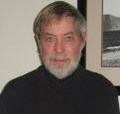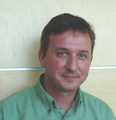FLASHBACK TO 2005: “Implementing change is primarily a people matter, not a technical one,” wrote Erik Karlsen in a paper that introduced the What / So What / Now What / Then What mind-map as a foundation piece for convening for action

“Implementing change is primarily a people matter, not a technical one. Bridging the gap between interest and practice involves motivating practitioners to engage in ways that provide sufficient meaning to inspire them and lead to action. The desired outcome is implementation of on-the-ground changes in policies, programs, applied research, practitioner education and standards of practice that lead to full integration of land development and water management. In a fully ‘integrated landscape’, water is the unifying element,” stated Erik Karlsen.










